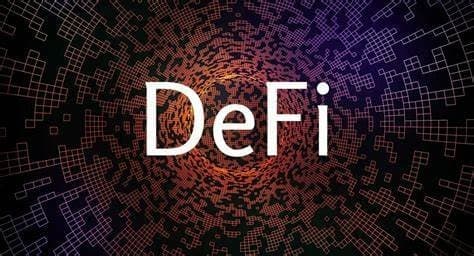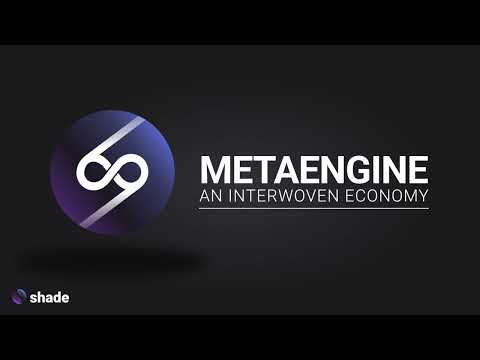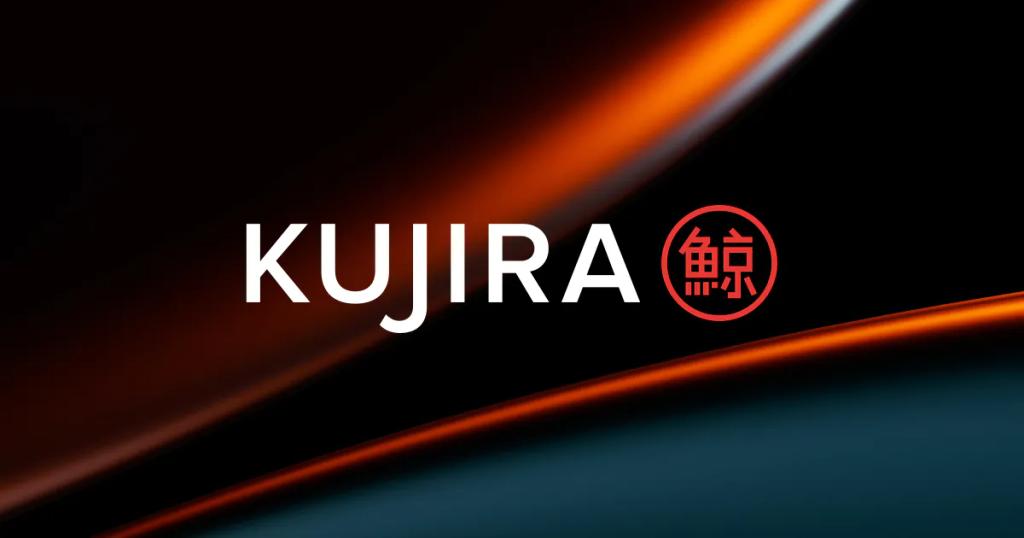Background and History
Decentralized Finance (DeFi) emerged as a key innovation within the blockchain ecosystem, aiming to recreate traditional financial services in a decentralized manner. The roots of DeFi can be traced back to the advent of Bitcoin, which introduced the concept of peer-to-peer transactions without intermediaries. However, the term “DeFi” gained prominence with the launch of Ethereum in 2015, which provided the infrastructure for smart contracts, enabling the development of decentralized applications (dApps) that could automate financial processes. DeFi’s growth accelerated in 2020, often referred to as the “DeFi Summer,” when platforms like Compound and Uniswap gained widespread adoption, driving billions of dollars into decentralized lending and trading.
Key Features and Technologies
Smart Contracts
Smart contracts are self-executing contracts with the terms of the agreement directly written into code. In DeFi, smart contracts eliminate the need for intermediaries by automatically enforcing the terms of financial transactions, such as loans or trades.
Decentralized Exchanges (DEXs)
DEXs facilitate peer-to-peer trading of cryptocurrencies without the need for a centralized authority. Platforms like Uniswap and SushiSwap use automated market maker (AMM) algorithms to determine prices and provide liquidity.
Yield Farming and Liquidity Mining
Yield farming allows users to earn rewards by providing liquidity to DeFi protocols. In liquidity mining, participants are rewarded with tokens for contributing liquidity to specific pools, incentivizing the growth of the DeFi ecosystem.
Usage and Applications
DeFi applications are diverse and span multiple financial services. Lending platforms like Aave allow users to borrow and lend cryptocurrencies without intermediaries, earning interest on their holdings. Decentralized exchanges (DEXs) enable users to trade cryptocurrencies directly from their wallets, bypassing the need for centralized exchanges. Stablecoins, such as DAI, provide price-stable assets in the DeFi space, pegged to traditional currencies like the US dollar, offering stability in a volatile market. DeFi also supports innovative financial instruments like synthetic assets, which mimic the value of real-world assets.
Governance and Framework
Decentralized Autonomous Organizations (DAOs)
Many DeFi projects are governed by DAOs, which allow token holders to vote on protocol changes, funding allocations, and other governance decisions. This decentralized governance model ensures that control is distributed among the community rather than a centralized entity.
Regulatory Considerations
The rapid growth of DeFi has attracted the attention of regulators worldwide. While DeFi projects operate without traditional intermediaries, they must navigate complex regulatory landscapes, particularly concerning anti-money laundering (AML) and Know Your Customer (KYC) requirements. Some DeFi platforms have introduced voluntary KYC measures to comply with emerging regulations, balancing user privacy with legal obligations.
Notable Events
DeFi Summer 2020
The summer of 2020, dubbed “DeFi Summer,” marked a period of explosive growth for the DeFi sector. Platforms like Uniswap, Compound, and Aave saw massive inflows of capital, with the total value locked (TVL) in DeFi protocols exceeding $10 billion by the end of the summer. This period was characterized by the rise of yield farming and liquidity mining, which attracted users with high returns and innovative financial products.
The $600 Million Poly Network Hack
In August 2021, the DeFi platform Poly Network experienced one of the largest hacks in the history of cryptocurrency, with over $600 million stolen. The hacker exploited a vulnerability in the platform’s smart contract, leading to widespread concerns about the security of DeFi protocols. Remarkably, the hacker later returned the funds, citing the exploit as a demonstration of the platform’s vulnerabilities.








